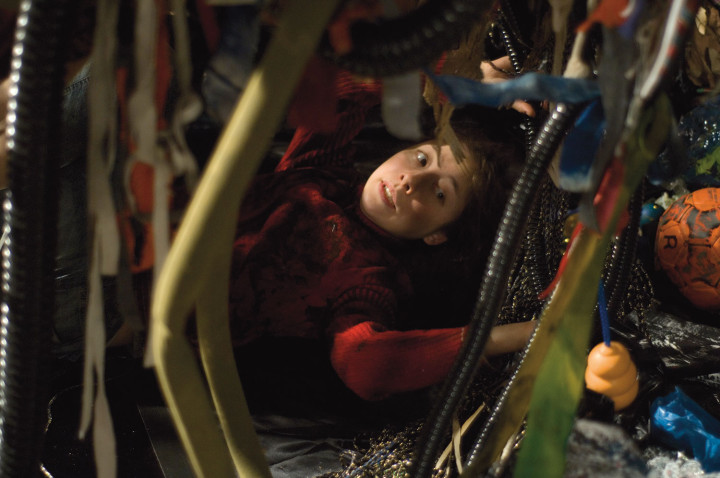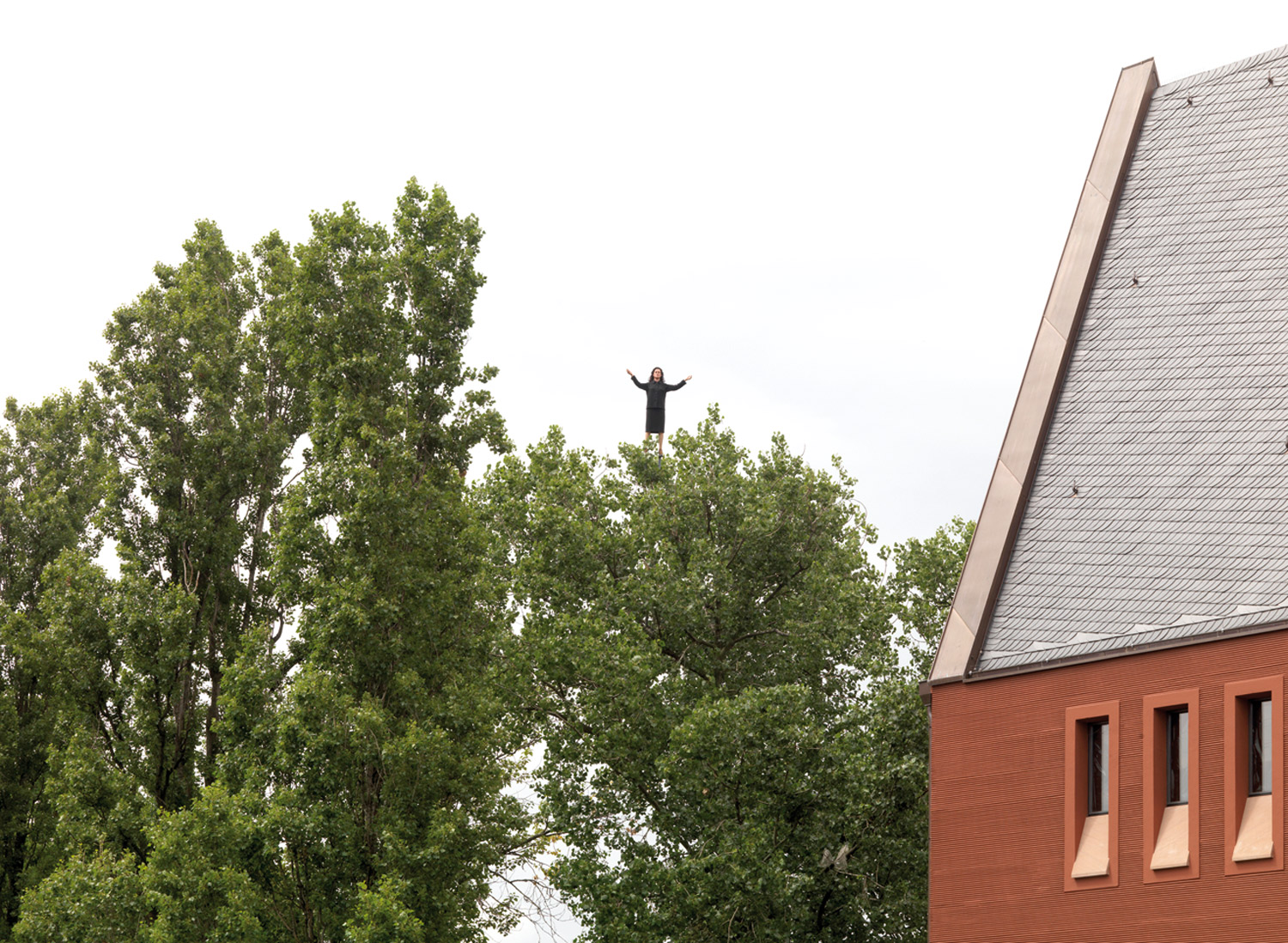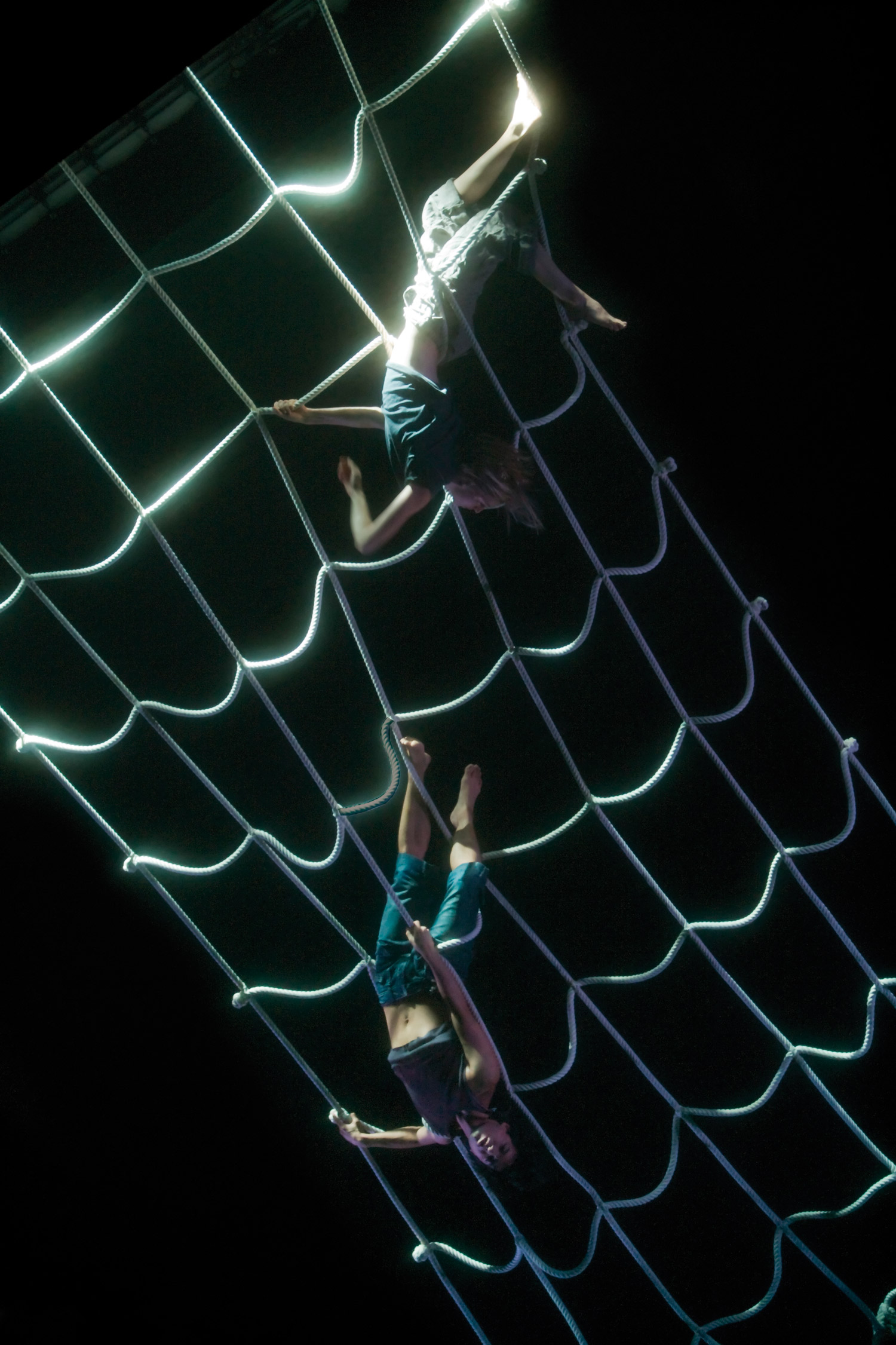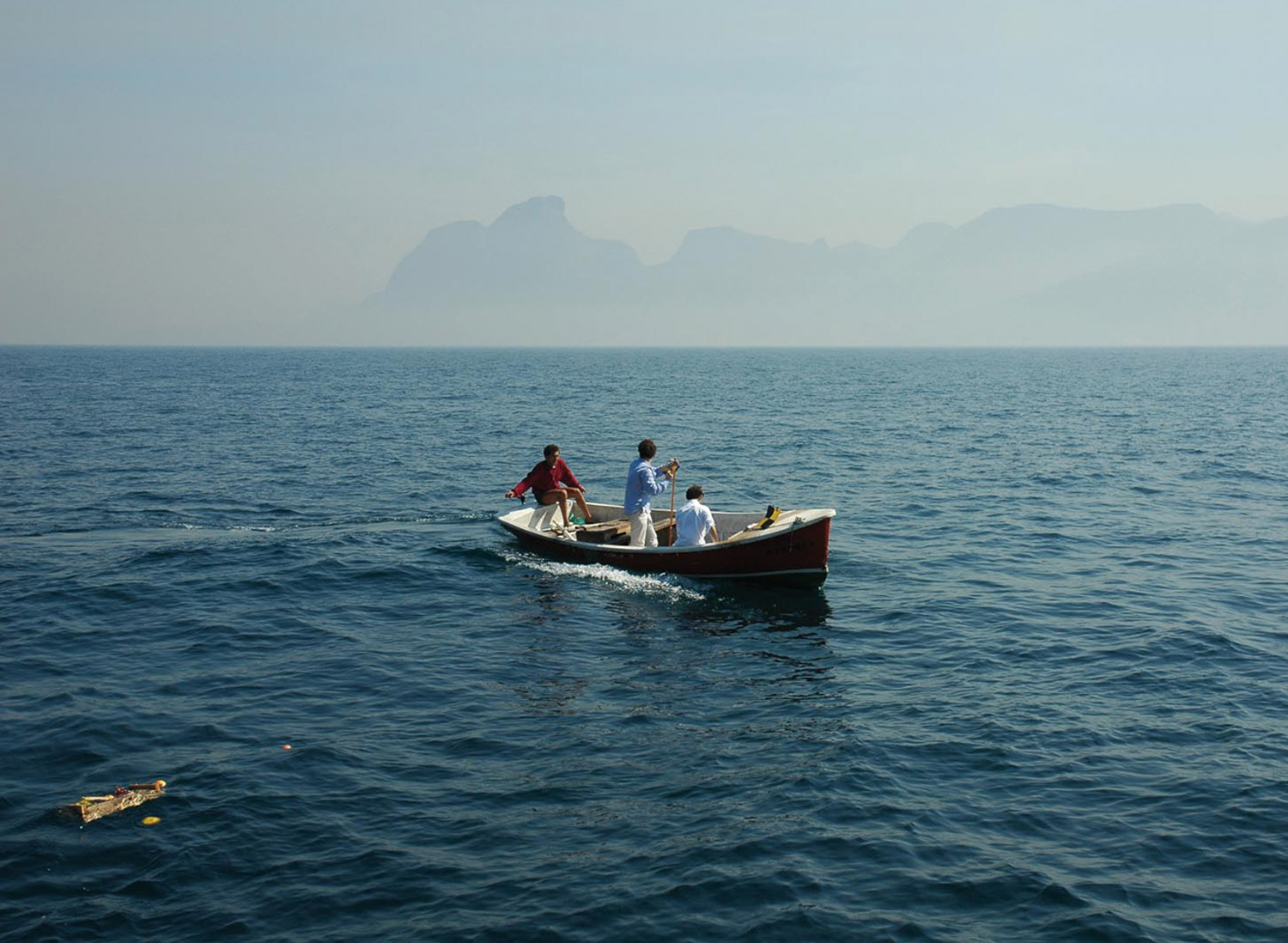
For Daria Martin, film represents the ultimate work of art, the medium that allows her to express her interest in performance, dance, theater, music and the visual arts. Martin’s films are particularly stylized. They construct an imagi- nary world, they deal with artifice and pose, and as such they are like a sort of tableau vivant. Whereas films like In The Palace (2000) or Birds (2001) present a special, often emotionally charged, atmosphere, in her recent films Martin introduces a more elaborate tension between emotions, moods and situations. The films always focus on performance, such as dance, theater, music, games or sports. The performers demonstrate both their effort and skill, and are depicted in the moments when they relax and release everything. On the one hand, Martin approaches her characters as non-subjects, as living sculptures; on the other hand they mirror an intimate mood. Throughout her oeuvre, she visualizes antipodes that can easily be exchanged, such as control and surrender, order and chaos, culture and nature.
Whereas in the past Martin often gave strict directions to the actors, her new film Harpstrings and Lava (2007) is the result of a close cooperation with the two female protagonists. The film can be seen as a tribute to the two performers, with whom Martin has worked on various occa- sions. In this film, dancer Nina Fog and musician Zeena Parkins embody two worlds. Harpstrings and Lava starts with certain ritual acts: rubbing firewood and making very simple gestures with the harp. In a constructed dream-world, Martin presents two opposite poles as equivalent: a dark cave full of objects that lie about, and a well-organized space bathed in a golden light. Each of these worlds is inhabited by a female character: the harp player Parkins, in a classical interior that reminds us of De Chirico’s paint- ings, and Fog, in a dark and closed space. With her delicate play on the harp, Parkins seems to wake Fog from her state of hibernation. The cave girl gradually seems to become aware of her sensory faculties. She feels, listens and cries out. The camera zooms in alternately on both charac- ters and thus emphasizes the contrast between the two. The symbolism of extremes that fight and balance each other is highlighted by close- ups of intertwined branches of a 300-year-old wisteria. The twisted branches can be inter- preted as representing the time-honored wisdom or the unity of opposites.
The imaginary world full of fantasy that Martin evokes gives insight into the emotions, codes and forces of life. In Harpstrings and Lava the ‘feral child’ character takes a physical and emotional journey. The clear-cut divide in the film magi- cally visualizes the alternating tension between chaos and symmetry, primordial elements and culture, the conscious and the unconscious, and the energy that links both. Like in all of Martin’s films, music is of prime importance; in this instance, the music written by Zeena Parkins is an element that links the two worlds. The frame of the harp provides both literally and figuratively a window onto each other’s world. Martin’s universe reminds us of a fairy-tale world that is both tempting and frightening. Harpstrings and Lava creates a mysterious tension and leaves the end to the imagination of the viewer.





